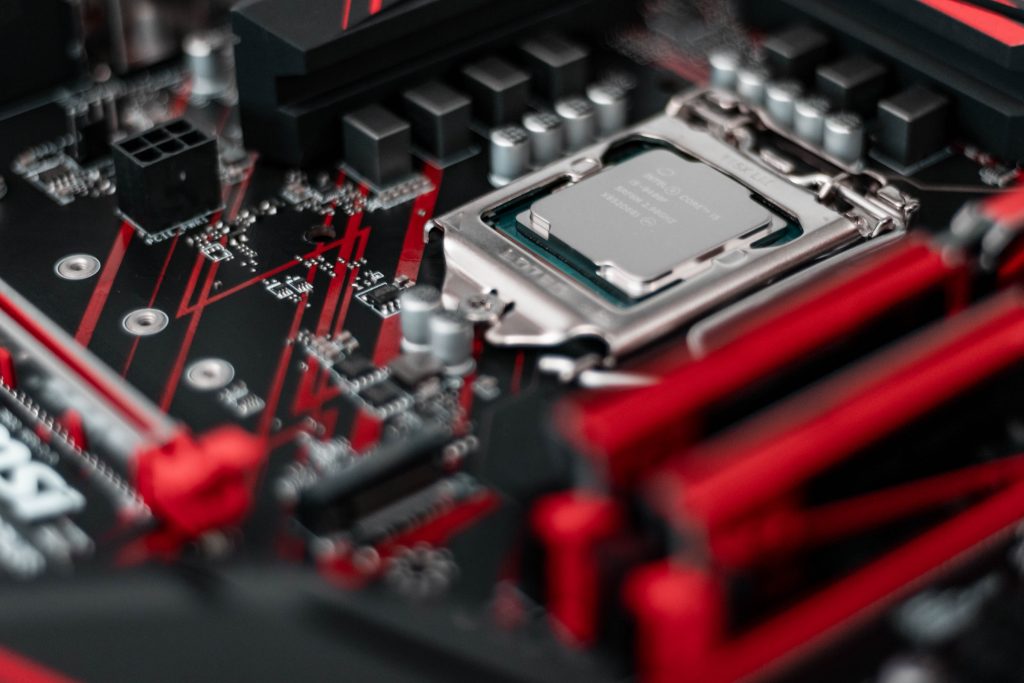
In the world of computer architecture, two primary families dominate the landscape: x86_64 and ARM. Both of these architectures power a vast array of computing devices, from desktop computers to smartphones and beyond. But what exactly is the difference between x86_64 and ARM, and why does it matter?
First, let’s define these two architectures. X86_64 (also known as x64 or AMD64) is a 64-bit architecture that was introduced by AMD in 2003. It is an extension of the original x86 architecture that has been around since the 1970s and is used primarily in personal computers and servers. ARM, on the other hand, is a family of architectures that are used primarily in smartphones, tablets, and other embedded devices. ARM was originally developed by Acorn Computers in the 1980s, but it is now owned by the Japanese company SoftBank.
The most significant difference between x86_64 and ARM is their instruction sets. An instruction set is a set of commands that a processor can execute. These commands are encoded in binary and are specific to each architecture. x86_64 and ARM have very different instruction sets, which means that programs compiled for one architecture cannot run on the other without being recompiled.
Another major difference between x86_64 and ARM is their approach to power consumption. ARM processors are designed to be energy-efficient, making them ideal for use in battery-powered devices like smartphones and tablets but it is increasingly being adopted for server applications especially in Cloud, HPC and Edge Computing . x86_64 processors, on the other hand, are generally more powerful but also consume more power. This makes them better suited for desktop computers and servers, which are typically plugged into a power source.
One of the most significant advantages of ARM over x86_64 is its scalability. ARM processors are available in a wide range of power levels, from tiny microcontrollers to high-performance processors that can rival x86_64 chips in terms of raw power. This scalability makes ARM a popular choice for embedded devices, where power consumption and space are critical considerations.
x86_64, on the other hand, is still the dominant architecture for desktop and server processors. x86_64 processors are generally more powerful than ARM processors, which makes them better suited for heavy workloads like video editing, 3D modeling, and gaming. However, this power comes at the cost of higher power consumption and heat generation, which means that x86_64 processors require more advanced cooling solutions to prevent thermal throttling.
Which architecture to choose from?
This is where ASA Computers comes into rescue, ASA Computers is a provider of high-performance computing solutions and can help customers with both x86_64 and ARM-based systems.
One way ASA Computers can help customers is by providing expert guidance on which architecture is best suited for their specific needs. For example, if a customer needs a high-performance rackmount servers for tasks like video editing, 3D modeling, or gaming, ASA Computers can recommend an x86_64-based solution. On the other hand, if a customer needs a low-power, energy-efficient and the best performance system, ASA Computers can recommend an ARM-based solution.
Overall, ASA Computers can help customers by providing customized, high-performance computing solutions that are tailored to their specific needs. Whether a customer needs an x86_64-based system or an ARM-based system, ASA Computers has the expertise and experience to help them make the right choice and build a solution that meets your requirements. Talk to our experts today and choose the right solution for your IT infrastructure. Book a free consultation.